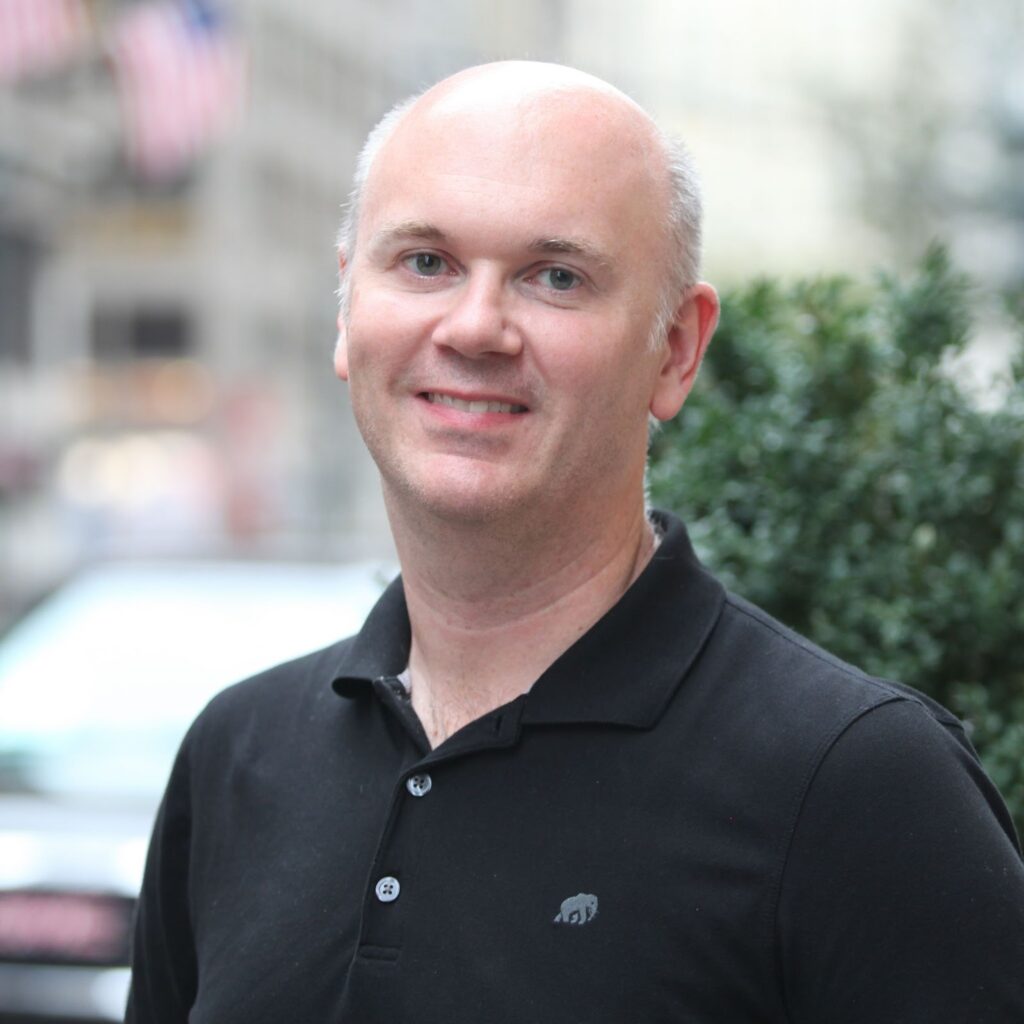CATCH UP ON THE INDUSTRY / THIRD-PARTY COOKIES
The future of advertising: third-party cookies and beyond
MEMBER EXCLUSIVE
Third-party cookies, the foundation of digital advertising, are going away in 2025.* So, what’s happening with advertising today and in the future that affects your bottom line?
Chief Strategy Officer Paul Bannister and Head of Publisher Engagement & Education Brynne Delerson discuss the future of advertising.
*Since recording this webinar, Google announced they are postponing third-party cookie deprecation to 2025, which is why you might hear a different date in this video.
Key takeaways
Why are third-party cookies going away, and what does this mean for the ad industry?
- Safari and Firefox have already eliminated third-party cookie support in light of privacy concerns, and Chrome will become the final major browser to do the same
- Third-party cookies support digital advertising today, enabling effective ad targeting and measurement, so this change affects all brands that advertise online, all online ad technology companies, all DSPs and SSPs, and all creators that generate revenue by running ads on their sites
- The digital advertising industry is a $200 billion+ dollar-a-year industry, so all parties have a vested interest in figuring out effective ad targeting and measurement without third-party cookies
What is Raptive doing?
When third-party cookies go away, you’ll be in the best hands working with us because we’re the only ad management company with a comprehensive plan to protect creators through these industry changes.
Industry advocacy:
- We participate in industry groups like W3C, IAB, PRAM, and Prebid.org and give input on Google Topics to shape the future of digital advertising in a way that will be most beneficial for independent creators’ business models
- We created Web Wide Open to advocate for independent creators
Technology:
- We are also driving in-house developments to keep creators’ ad revenue high
- We connect with leading identity technology to turn our creators’ collected email addresses into hashed identifiers to drive higher ad spend on return visits, and we believe this is more effective than a log-in strategy (Grow.me)
- We also believe this area is the lowest priority
- Authenticated pageviews make up a relatively small percentage of nearly all (ours and basically every big creator out there) creators’ traffic
- Google has said they will never move into email-based identity; many SSPs may also move away from buying based on this
- Regulators and big tech companies (including Google and Apple) are already building technology that will block these solutions from working – like Apple Hide My Email
- We help creators bring their first-party and contextual data to advertisers via our sales team
Sales and data:
- We develop strong direct relationships to demonstrate that advertisers can still buy targeted audiences via direct buys
- Direct sales drive 2-3x higher CPMs than open market
- Advertisers want to work with fewer, larger partners, so our community’s position as #7 in Comscore proves we have the scale they want
What can creators do today to prepare for a cookieless future?
- Create great content
- Optimize for SEO and discovery
- Build direct relationships with your audience — this is valuable far beyond cookies
- An owned email list is a small percentage of replacing third-party cookies, but is worth investing in
Meet your speaker
Paul Bannister, Chief Strategy Officer, Raptive
Paul focuses on new product innovation, strategic partnerships, and corporate development. He’s led the company’s transition to a programmatic-first approach, spearheaded the early adoption of header bidding, and directed the transition to a creator services model. Paul represents Raptive creators within several key organizations shaping the future of digital advertising, including IAB Tech Lab, W3C, and Prebid Organization. With over two decades of industry experience in publishing and advertising, Paul is deeply familiar with both sides of the industry. He works to keep our company and creators ahead of market trends. He lives on the Upper West Side of Manhattan with his wife and two boys.
